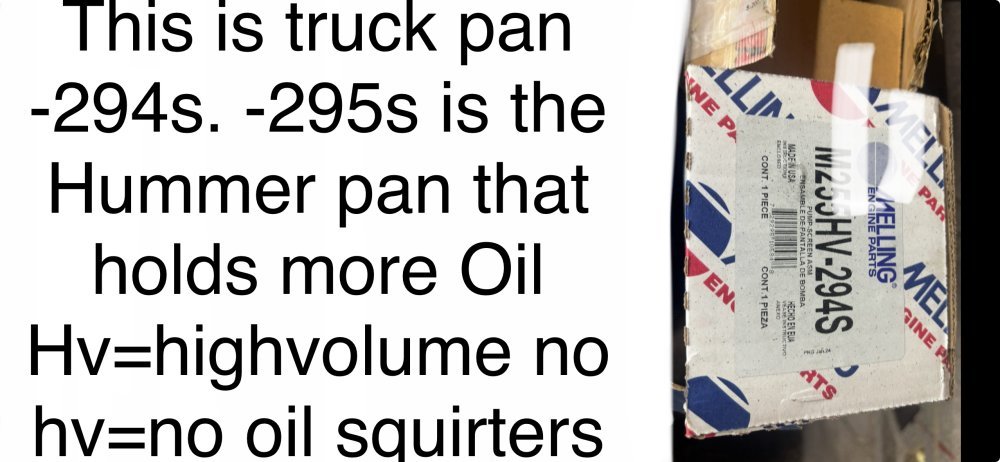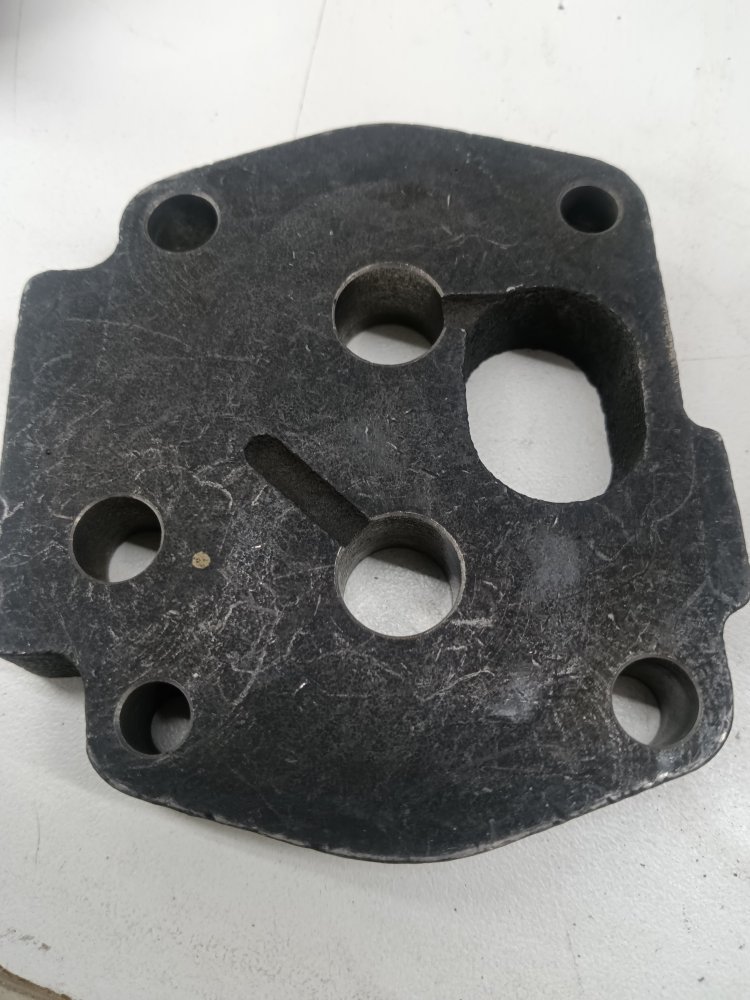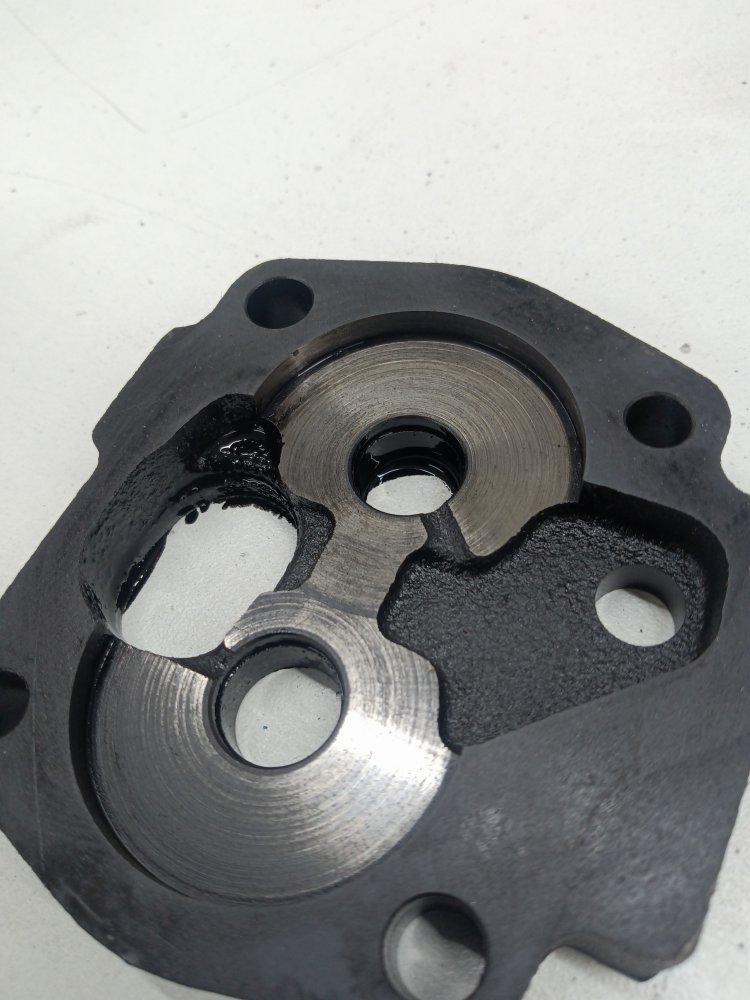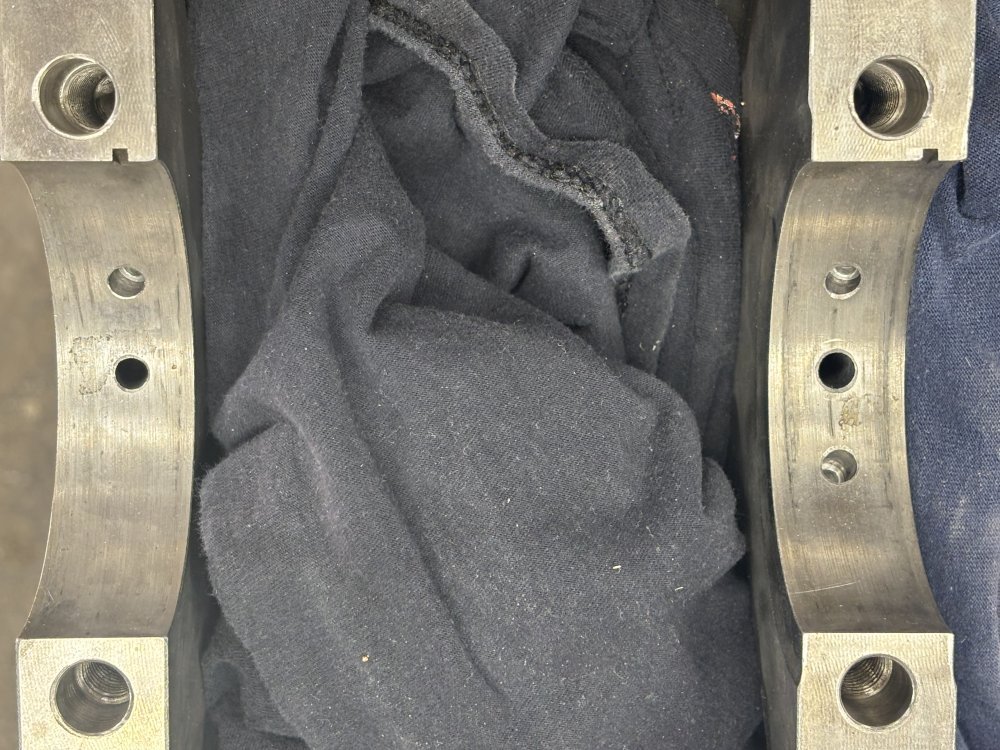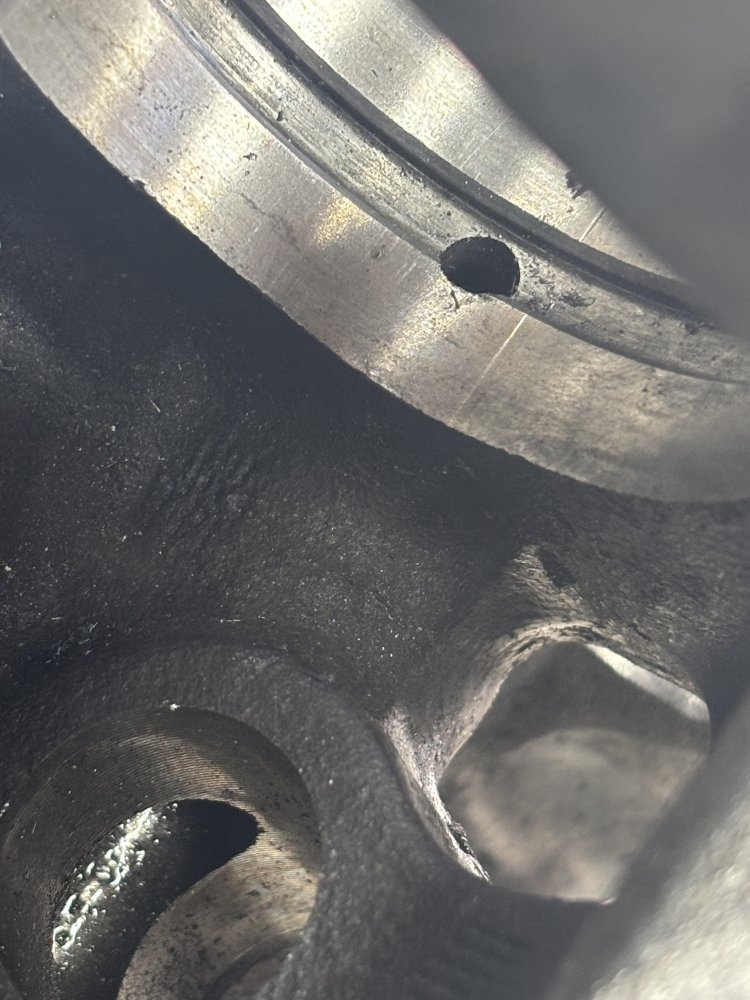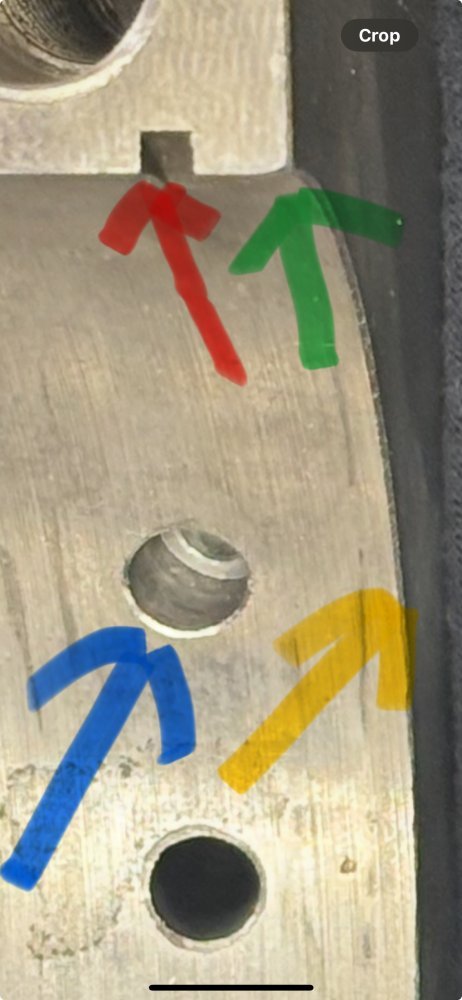Will L.
Well-Known Member
I looked, but am bad at finding old posts. It has been too many years since I was modifying these oil pumps.
I know the stuff about die grinder work on the ports for under the 4wd adapter/ and the block itself getting the port edges smooth & rounded over.
But I can’t remember or find my notes on the oil pump itself. When you refinish (sand down) the surface of the gear plate or body to tighten the clearance- or refinish the gears to open it up.
But what clearance spec?
What was the shim thicknesses for bumping pressure? I can’t even find where there was different colored springs and where to get them. Apparently 25 years is a bit too long.
Any help is appreciated.
I know the stuff about die grinder work on the ports for under the 4wd adapter/ and the block itself getting the port edges smooth & rounded over.
But I can’t remember or find my notes on the oil pump itself. When you refinish (sand down) the surface of the gear plate or body to tighten the clearance- or refinish the gears to open it up.
But what clearance spec?
What was the shim thicknesses for bumping pressure? I can’t even find where there was different colored springs and where to get them. Apparently 25 years is a bit too long.
Any help is appreciated.

